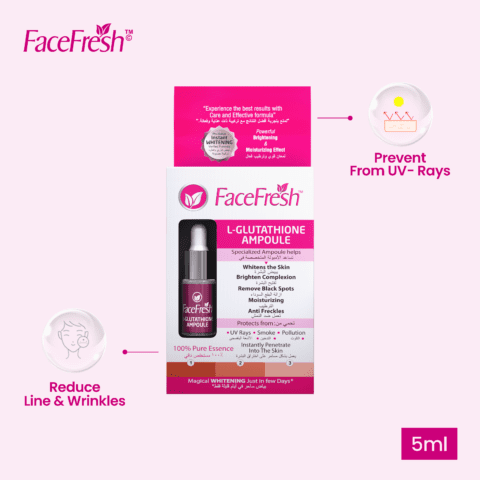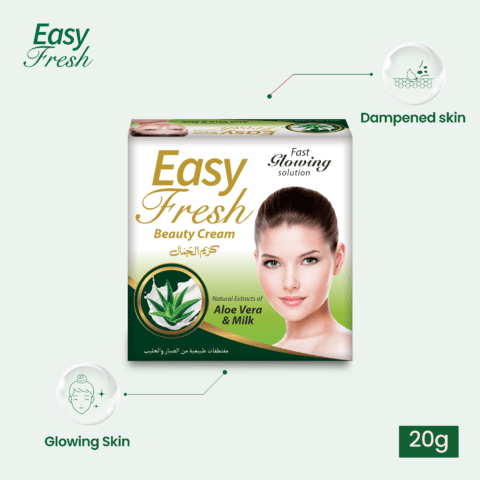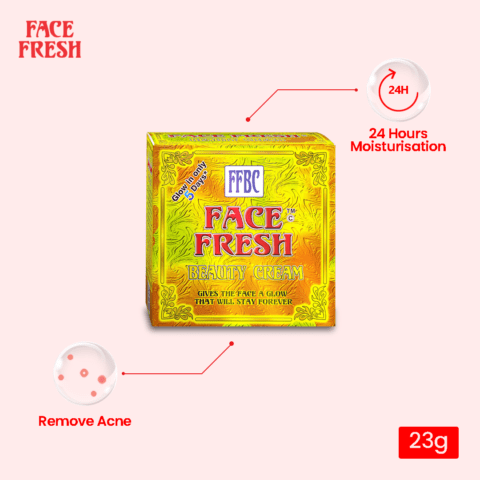Sunburn is a common skin condition that occurs due to prolonged exposure to the sun’s ultraviolet (UV) rays. While spending time outdoors can be enjoyable, it’s crucial to understand the potential harm that UV rays can cause to your skin. This article will guide you on how to protect your skin from harmful UV rays and prevent sunburn.
I. Introduction
Exposure to UV rays can lead to various skin problems, including sunburn, premature aging, and an increased risk of skin cancer. Understanding the causes, symptoms, and prevention methods for sunburn is essential for maintaining healthy skin.
II. Understanding Sunburn
Definition of sunburn
Sunburn refers to the skin damage caused by excessive exposure to UV radiation from the sun or artificial tanning devices. It occurs when the body’s natural defense mechanisms against UV rays are overwhelmed.
Causes of sunburn
Sunburn is primarily caused by the UVB rays present in sunlight. When these rays penetrate the skin, they damage the DNA within the skin cells, leading to inflammation and redness.
Symptoms of sunburn
The symptoms of sunburn can vary from mild to severe and may include redness, pain, swelling, blisters, and peeling skin. In severe cases, individuals may also experience fever, chills, and dizziness.
III. The Importance of Protecting Your Skin
Protecting your skin from harmful UV rays is crucial to prevent long-term damage. Sunburn not only causes immediate discomfort but can also have lasting effects on your skin’s health.
Long-term effects of sunburn
Repeated episodes of sunburn can lead to premature aging of the skin, including wrinkles, age spots, and a loss of elasticity. Additionally, excessive sun exposure without protection increases the risk of developing skin cancer, such as melanoma.
Increased risk of skin cancer
UV radiation is a known carcinogen, and prolonged exposure can damage the DNA in skin cells, leading to mutations and the development of cancerous cells. Protecting your skin from UV rays reduces the risk of developing skin cancer.
Premature aging of the skin
Sunburn accelerates the aging process, causing the skin to become dry, wrinkled, and leathery. By protecting your skin from UV rays, you can maintain a youthful and healthy complexion.
IV. Effective Ways to Protect Your Skin from UV Rays
To shield your skin from harmful UV rays, it’s important to follow these effective preventive measures:
Use of sunscreen
Sunscreen is a vital tool in protecting your skin from UV rays. Choose a broad-spectrum sunscreen with a Sun Protection Factor (SPF) of 30 or higher and apply it generously to all exposed skin. Reapply every two hours, or more frequently if swimming or sweating.
Proper clothing and accessories
Wearing protective clothing is an excellent way to reduce sun exposure. Opt for lightweight, tightly woven fabrics that cover your arms, legs, and torso. Additionally, wide-brimmed hats and UV-blocking sunglasses provide added protection for your face and eyes.
Seeking shade during peak sun hours
When the sun is at its strongest, typically between 10 a.m. and 4 p.m., it’s advisable to seek shade. This helps minimize direct exposure to UV rays and reduces the risk of sunburn.
Wearing sunglasses
The delicate skin around the eyes is susceptible to sun damage. By wearing sunglasses that provide 100% UV protection, you can safeguard your eyes and the surrounding skin from harmful rays.
V. Choosing the Right Sunscreen
Not all sunscreens are created equal. Understanding the key factors to consider when selecting a sunscreen will ensure maximum protection against UV rays.
SPF and its significance
SPF measures the level of protection a sunscreen offers against UVB rays. Choose a sunscreen with an SPF of 30 or higher to effectively shield your skin from the sun. However, it’s important to note that higher SPF values do not necessarily provide significantly better protection.
Broad-spectrum protection
Ensure the sunscreen you choose provides broad-spectrum protection, safeguarding your skin from both UVB and UVA rays. UVA rays can penetrate deeper into the skin, leading to long-term damage.
Application guidelines
Apply sunscreen liberally to all exposed skin, at least 15 minutes before sun exposure. Be thorough, covering areas often overlooked, such as the ears, back of the neck, and tops of feet. Remember to reapply every two hours or after swimming or sweating.
VI. Other Protective Measures
While sunscreen is a crucial component of sun protection, there are additional measures you can take to safeguard your skin from harmful UV rays.
Clothing choices
Choosing the right clothing can significantly reduce your sun exposure. Opt for tightly woven fabrics that cover a large portion of your skin. Dark-colored clothing with a tighter weave provides better protection than light-colored or loosely woven garments.
Hats and sun-protective accessories
Wide-brimmed hats offer protection for your face, neck, and ears, shielding them from direct sunlight. Additionally, sun-protective accessories like scarves and UV-blocking gloves can provide extra coverage.
Importance of hydration
Staying hydrated is essential, especially when spending time outdoors in the sun. Drinking plenty of water helps keep your skin moisturized and can aid in preventing sun-related complications.
VII. Sunburn Remedies and Aftercare
In the event of sunburn, it’s important to take immediate steps to relieve discomfort and promote healing.
Cooling the skin
Apply cool compresses or take cool showers to alleviate the heat and soothe the burned skin. Avoid using hot water or ice, as they can further damage the skin.
Over-the-counter remedies
Over-the-counter hydrocortisone creams and aloe vera gels can provide relief from pain and inflammation. These products can be applied topically to the affected areas to help soothe the skin.
Moisturizing and healing the skin
Keeping the skin moisturized is crucial for healing sunburn. Apply a gentle, fragrance-free moisturizer to lock in moisture and promote skin repair. Avoid products that contain irritants, such as alcohol or fragrances, as they can exacerbate the burn.
VIII. Common Misconceptions about Sunburn
There are several misconceptions surrounding sunburn and sun protection. It’s important to debunk these myths to ensure you have accurate information.
Dark skin and sunburn
Contrary to popular belief, individuals with darker skin tones are not immune to sunburn. While they may have a higher natural SPF, everyone is susceptible to the damaging effects of UV radiation. Sun protection is vital for all skin types.
Cloudy days and UV rays
Even on cloudy days, UV rays can penetrate through the clouds and reach your skin. It’s essential to practice sun protection measures regardless of cloud cover to reduce the risk of sunburn.
Sunburn in winter
Sunburn can occur even during the winter months. Snow and ice can reflect UV rays, increasing your exposure. It’s important to continue practicing sun protection throughout the year, regardless of the season.
IX. Tips for Sunburn Prevention
Preventing sunburn requires consistent sun protection habits. Here are some essential tips to keep in mind:
Regular application of sunscreen
Make applying sunscreen a part of your daily routine, even on cloudy or cooler days. Consistency is key in protecting your skin from UV rays.
Reapplication after swimming or sweating
Water and sweat can reduce the effectiveness of sunscreen, making it essential to reapply after swimming or intense physical activity. Be sure to follow the recommended reapplication guidelines on the sunscreen product.
Consistent sun protection habits
Make sun protection a habit by incorporating it into your everyday activities. Wear protective clothing, seek shade when possible, and limit your sun exposure during peak hours.
X. Conclusion
Protecting your skin from harmful UV rays is crucial in preventing sunburn and minimizing the risk of long-term damage. By following effective sun protection measures, such as using sunscreen, wearing protective clothing, and seeking shade, you can enjoy the outdoors while keeping your skin healthy and radiant.





Leave a comment
Your email address will not be published. Required fields are marked *